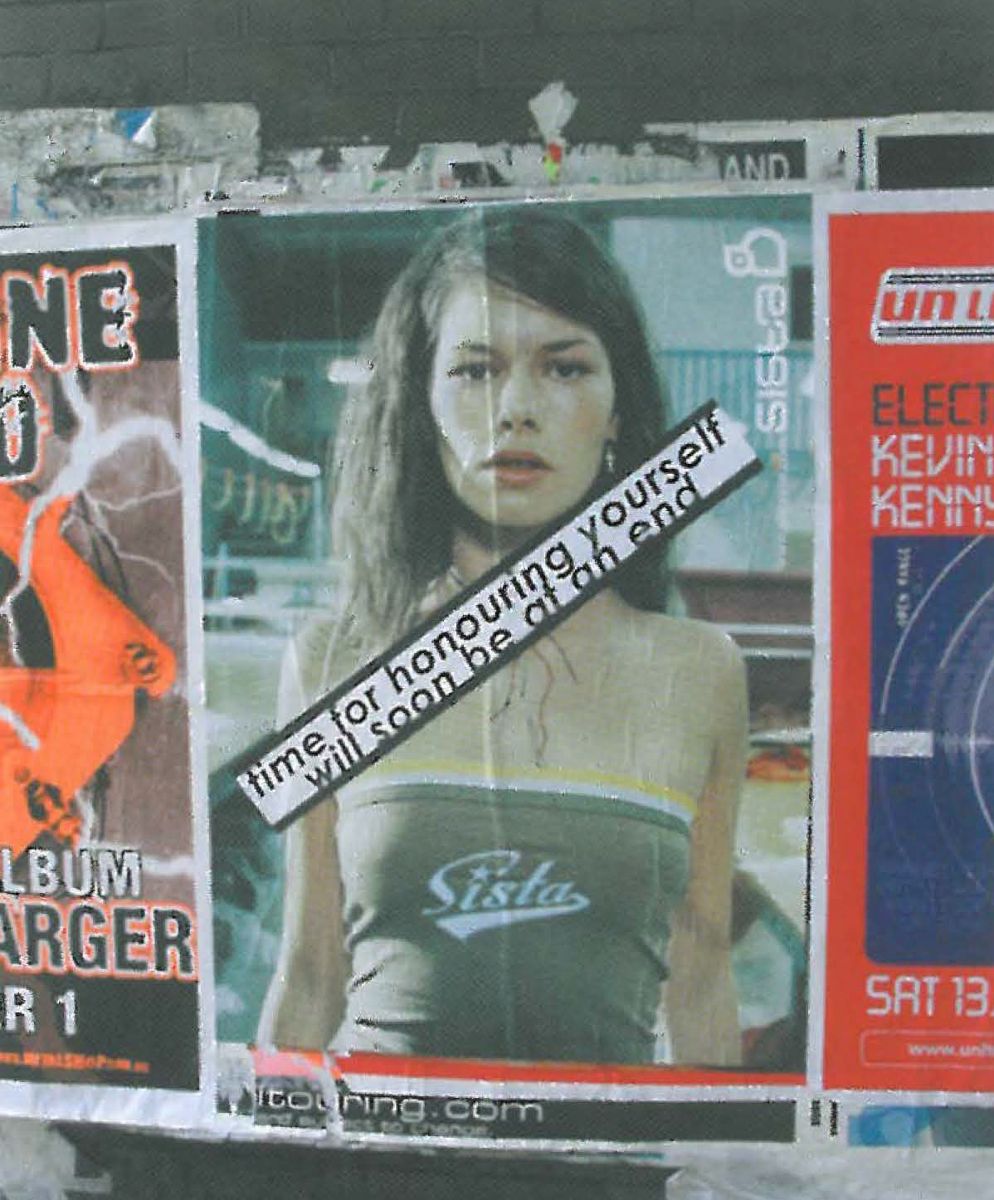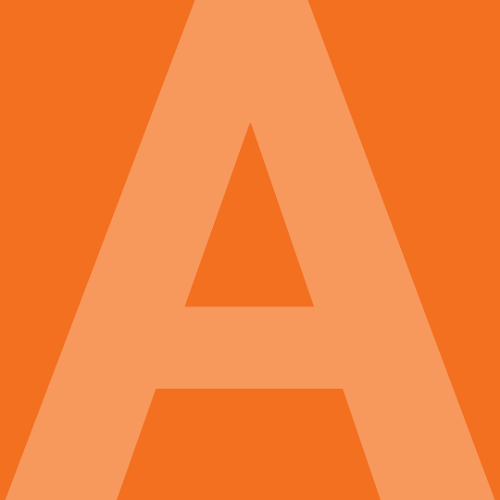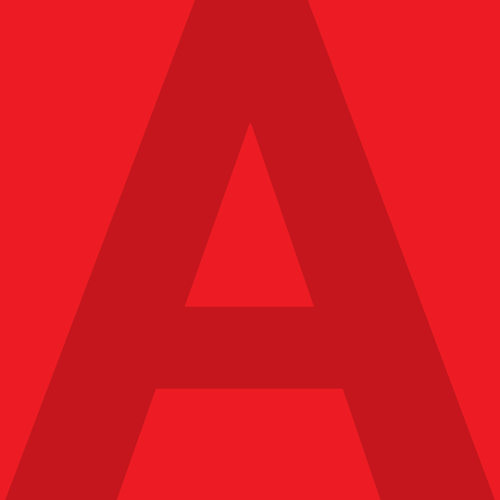
Glass, computers, wool blankets, aluminium, plastic beads, trestle tables: perhaps unexpected objects to find in a printmaking exhibition. Or perhaps not? No Muttering, a survey of sixteen contemporary printmakers, teases the boundaries of printmaking. pushing it into three dimensions, taking it off paper (and off the wall), toying with photography and painting, hinting at the architectural, engaging with new technologies. And if you were wedded to a traditional idea of the print -the two-dimensional impression capable of multiple reproductions - you might indeed be muttering; for the rest of us this exhibition is both challenge and delight.
One of the pleasures is the referencing to traditions of printmaking in playful and intelligent ways. Both Brook Andrew and Nick Bleasel (whose work gives the exhibition its name) applaud the print as a heartily democratic means of communication and socio-political interruption. Nodding at agitprop art and simultaneously acting as contemporary intrusion into space, Andrew's stickers, placed on billboards and walls as well as in the gallery, ask us to "select your invader" and warn (or assure) us of a "culture of illusion".
From mass communication to limited edition (an ideological divide that has always given printmaking an interesting tension), Helen Mueller's Water Books reference the book of prints, the numbered edition. These five delicate stacks of printed paper are displayed so that the print becomes sculpture. Ruth Johnstone's In Restauro also talks to the heritage of the print in books. Books of woodcuts are unbound and opened on trestle tables creating a sculptural form that pays homage to the work of the printmaker. Print as sculpture (or sculptural) runs as one of the themes through the exhibition – like a ball tossed between the artists this idea is explored and runs in tandem to the questioning of what a print is, or isn't.
Gary Jolley abandons the hand crafted in his series of works Cultural Impact Study: Lismore Site – Invisible History (March 1994) and (August 2001). Collecting discards from a waste bin of a colour photocopy shop, Jolley displays these copies on the wall in strip form, almost a nonsense comic, the work developed through the random order in which he pulls out each sheet of paper. There are a multitude of narratives imbedded here; each discard has its own story (and using discards from others' lives becomes a story of controversy in itself), read together they become a cultural history that shifts and intrigues. I long for a novelist to tackle the letter that starts "Re: Registration of silky terriers".

If the boundaries of print seem wide open, almost elastic in Jolley's work, then perhaps more so in Patsy Payne's soma. Payne uses PET scans of her body transferred on to CD-ROM creating an almost mesmeric experience. Raymond Arnold in his dialogue between etchings and digital reproduction of the same, also plays with new technologies and negotiates some of the boundaries between print traditions and the electronic, yet there seems to be a more fraught negotiation of the limits of print in Payne's work. It is credit to Rilka Oakley's generous curatorial work that I felt I had been prepared for this – gently steered to an acceptance of the flexibility of print to the point where computers didn't seem an intrusion but a logical printmaking opportunity.
Payne's work also highlights one of the difficulties of new technologies in gallery spaces. The sound behind her CD-ROM, a haunting almost lullaby, echoed through the space playing with other works in a way that was certainly affective, but not perhaps effective. It gave Lesley Duxbury's beautiful exploration on the language and themes of weather, High/Low, a melancholic quality and also impacted on John Young's On Certain Solitudes. Young's combined digital scans and paintings seemed almost heart-rendingly romantic with the soundtrack of Payne's soma behind them, and perhaps this echoing from work to work allowed different dimensions to unfold. Certainly I was so seduced into the richness and exotic possibilities of Young's work that it was almost a shock to see CHEERFUL WHISTLING PERMITTED by Nick Bleasel's sign hung upon entrance to the toilets!
And yes, cheerful whistling is likely after viewing this exhibition. The many possible locations of contemporary printmaking, and how we think and speak about these slippages (when print may seem more married to sculpture, photography, paint&) is a challenge and as yet, a series of unanswered questions. This survey erodes at the boundaries of print, while respecting the traditions of it, leaving room for multiple responses. It shows us that exploring these borders, these edges of printmaking practice, asking these questions, is indeed a most exciting thing to do.












